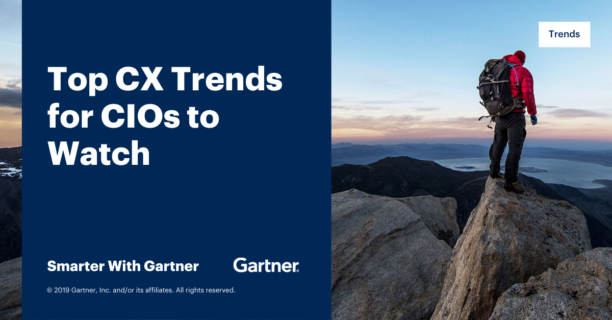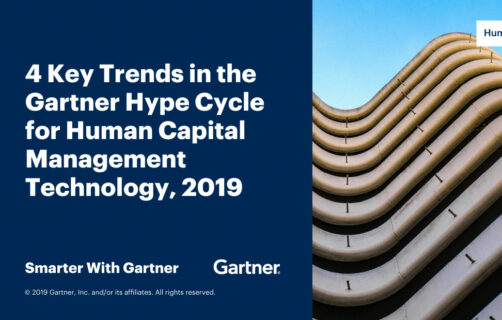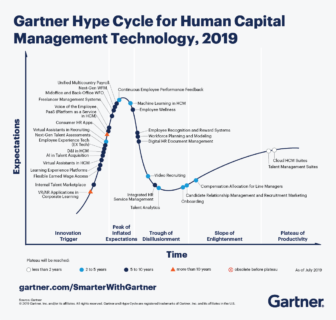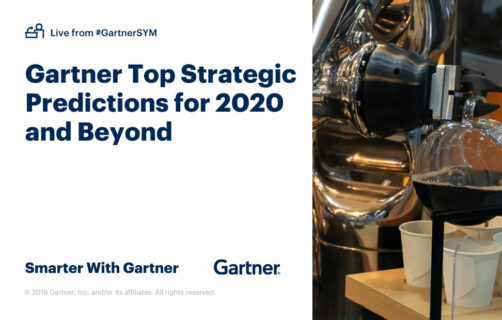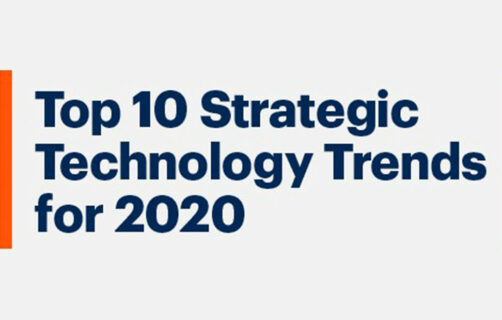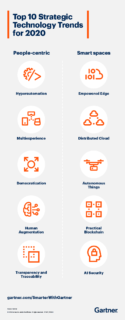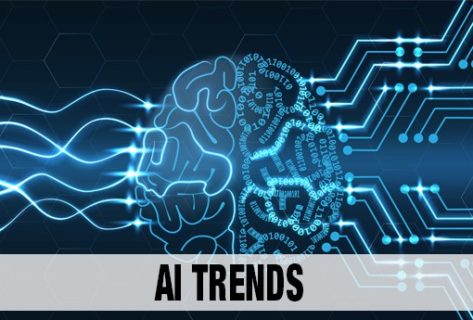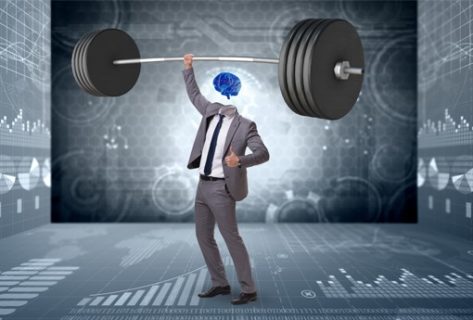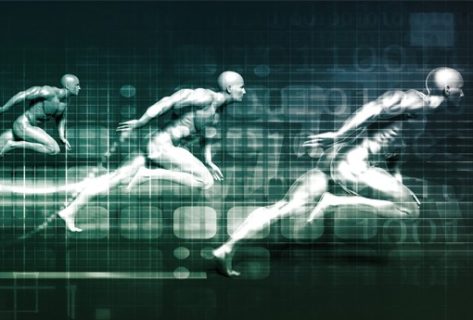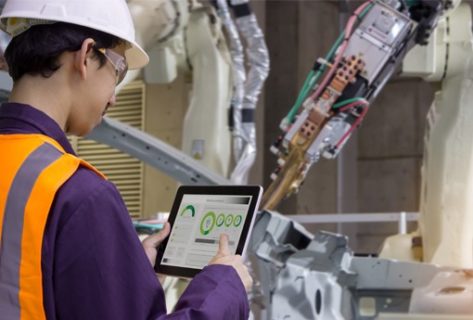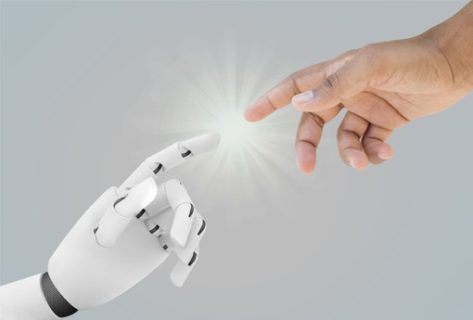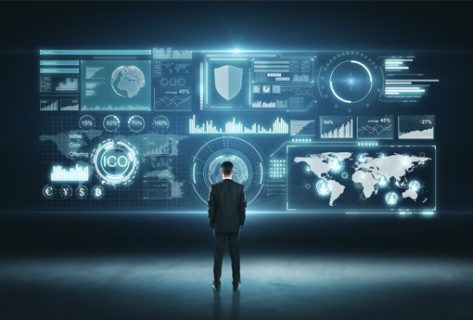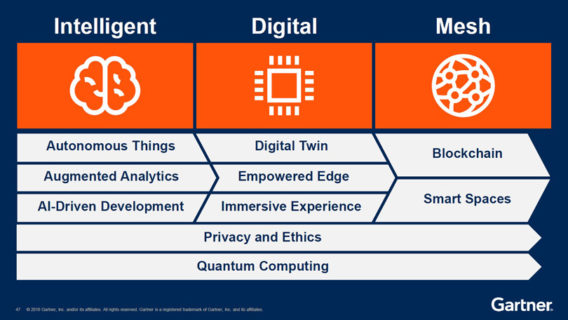Top CX Trends for CIOs to Watch
These five emerging customer technology trends should inform CIOs’ customer experience (CX) strategy.
Chatbots, virtual assistants and robots drive seamless and effortless experience, and their usage is bound to increase. Gartner predicts that by 2022, 70% of customer interactions will involve emerging technologies such as machine learning (ML) applications, chatbots and mobile messaging, up from 15% in 2018.
However, CIOs and customer experience (CX) leaders wonder which CX technologies reduce overall customer effort. A recent survey of CX leaders highlighted five emerging technologies that will have the biggest impact on CX projects in the next three years.
Artificial intelligence
Organizations are struggling to keep up with the growth of customer insight data. The speed and precision of artificial intelligence (AI) technologies and analytics, in addition to human insight, will provide the intelligence needed for the CX of the future.
“AI interactions will enhance text, sentiment, voice, interaction and even traditional survey analysis,” says Don Scheibenreif, Distinguished Vice President Analyst, Gartner.
Identify pain points in the customer’s journey that could be addressed with AI technology such as chatbots that provide immediate, personalized responses 24/7 or virtual assistants that engage with shoppers in simple conversations. CIOs can also deploy augmented technologies to automate analysis and insights using machine learning and natural language generation.
Virtual customer assistants and chatbots
Virtual customer assistants (VCAs) reduce customer effort and enable better CX on company websites. Some organizations also opt for role-based assistants that can significantly improve interactions with employees, customers and partners. Examples include Erica from Bank of America or Amelia from IPsoft.
CIOs need to focus on simple, repetitive, factual interactions where customer needs are well-understood, and data and rules are not complex. To find the use cases and personas where the VCAs have the maximum impact, conduct co-creation sessions at which business counterparts discuss concepts and ideas in collaboration with their customers.
Omnichannel customer engagement
Customers use many channels — emails, chatbots, messengers and customer service agents — when they interact with organizations, and they expect a seamless experience as they switch from channel to channel. Understanding how customers use and experience the different channels is critical to deliver a personalized customer experience. A multichannel customer engagement center can provide a single source of truth about customer behaviors.
Real-time event-driven application architecture
Event-driven architecture (EDA) helps capture real-world business events, such as when a customer places an order. Organizations need to monitor sources like Internet of Things (IoT) devices, mobile applications, or social and business networks to be aware of an event occurring that could lead to a business opportunity.
“Monitoring event streams helps organizations stay aware of the current context and thereby make more intelligent decisions,” says Scheibenreif. “More intelligent decisions translate into better customer service and greater success for the business.”
Work with business teams to identify the key business events, opportunistic business moments, and associated business decisions and outcomes that define your customer experience.
Internet of Things
When you engage customers through internet-connected devices, you provide additional touchpoints for customers to engage with and for organizations to learn from.
Robots will steadily improve and drive engagement in more settings such as retail, healthcare and transportation hubs, and organizations may increasingly need to engage with customers who aren’t human. In this scenario, ask yourself what a machine will need to buy from your organization when its decisions are based on algorithms, not emotion, or what CX means for a robot or a machine.
Identify internet-connected devices that may be present along the customer journey. Understand the role of the device, how it can influence the decision-making process and what adjustments to customer engagement are needed to ensure the device can help you deliver a good customer experience.
Source: by Laurence Goasduff on February 27, 2020 – https://www.gartner.com/smarterwithgartner/top-cx-trends-for-cios-to-watch/?source=BLD-200123&utm_medium=social&utm_source=bambu&utm_campaign=SM_GB_YOY_GTR_SOC_BU1_SM-BA-SWG

